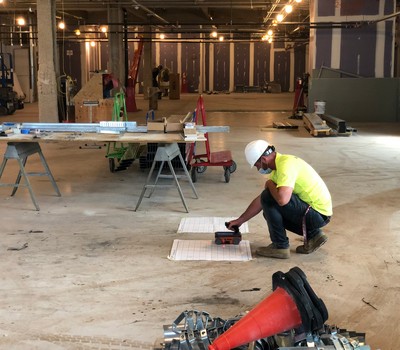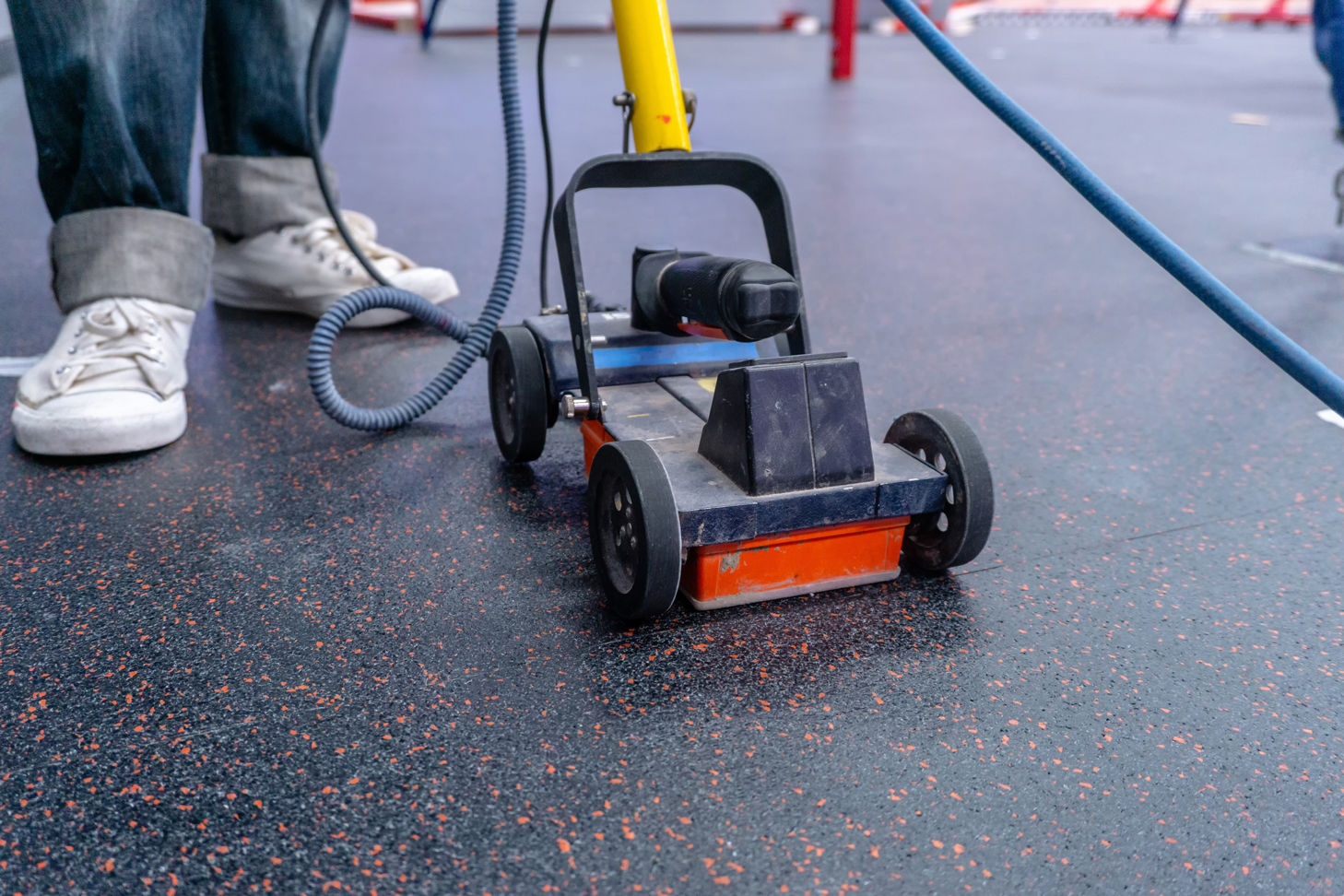Picking the Right Concrete Scanning Equipment
Picking the Right Concrete Scanning Equipment
Blog Article
Reveal the Transformative Power of Concrete Scanning in Optimizing Efficiency and Security
Concrete scanning has actually arised as a crucial device in the construction industry, using unmatched benefits in boosting task efficiency and ensuring security criteria. The transformative power of concrete scanning exists in its capability to offer detailed understandings and real-time information, changing exactly how projects are prepared and implemented.
Importance of Concrete Scanning
Making certain the architectural honesty and safety and security of building jobs begins with the important step of performing comprehensive concrete scanning. Concrete scanning is a non-destructive method utilized to detect and map subsurface aspects within concrete frameworks. This process is vital in determining prospective dangers, such as rebar, post-tension wires, and conduits, that may be hidden within the concrete. By using advanced technologies like ground-penetrating radar (GPR) and electro-magnetic induction, building and construction teams can accurately locate these components without triggering any type of damage to the structure.
The value of concrete scanning can not be overemphasized, as it plays an important duty in preventing crashes, reducing job delays, and guaranteeing the long-lasting resilience of the building. By recognizing possible risks prior to the building phase starts, building contractors can execute ideal precaution and make educated choices relating to the design and execution of the job. Additionally, concrete scanning aids in optimizing project timelines and budget plan by avoiding unforeseen prices and delays that might arise as a result of unanticipated obstructions within the concrete. Inevitably, buying complete concrete scanning is a positive technique that enhances both efficiency and security in building jobs.
Exactly How Concrete Scanning Works
Concrete scanning operates as a crucial device in building projects by employing innovative technologies to detect and map subsurface elements without creating structural damage. Ground Penetrating Radar (GPR) and Electromagnetic Induction (EMI) are two primary approaches made use of in concrete scanning.
Throughout the scanning procedure, the information accumulated is evaluated in real-time, permitting instant recognition of potential threats or challenges beneath the surface. This details help in decision-making, guaranteeing that building tasks proceed securely and successfully. Additionally, 3D imaging software program can be made use of to develop detailed maps of the subsurface components, better enhancing job planning and execution. By using these sophisticated technologies, concrete scanning dramatically decreases the risk of costly problems and injuries on building websites.
Benefits of Concrete Scanning
Utilizing innovative scanning modern technologies in building and construction tasks uses a plethora of advantages, enhancing both efficiency and security on-site. One of the key benefits of concrete scanning is the capacity to detect and situate embedded objects such as rebar, post-tension wires, and conduits precisely. By identifying these aspects before drilling or reducing into concrete structures, the risk of unintended strikes is substantially reduced, stopping possible injuries to employees and damages to the framework itself. Concrete scanning helps in planning and creating a lot more effectively, as it gives precise information concerning the place and deepness of structural parts.

Study: Concrete Scanning Success

In another situation, a building business utilized 3D concrete scanning to analyze the problem old concrete frameworks in a historical structure. The thorough scans supplied important understandings into the degree of degeneration and assisted prioritize maintenance initiatives effectively. By proactively attending to locations of issue determined with scanning, the company was able to extend the life expectancy of the framework and make sure passenger security.
These instance researches emphasize the transformative power of concrete scanning in improving performance, accuracy, and security in construction jobs.
Executing Concrete Scanning in Projects
Executing innovative scanning innovations during building tasks has come to be progressively crucial for improving precision and safety and security. By integrating concrete scanning right into job preparation and implementation, building and construction groups can identify possible risks, such as rebar or post-tension cables, concealed within concrete frameworks. This proactive approach reduces the threat of crashes, hold-ups, and costly rework, ultimately leading to much more reliable project timelines and spending plans.
To execute concrete scanning efficiently, task supervisors must collaborate very closely with seasoned scanning professionals to establish the most suitable scanning techniques for the details task needs. Involving Your Domain Name scanning experts from the very early stages of a job makes you can try this out it possible for the group to develop extensive scanning plans that deal with essential locations of worry and make sure comprehensive data collection.
Additionally, incorporating concrete scanning into regular job operations can enhance decision-making processes, as real-time scan data offers instant insights right into the problem of concrete frameworks - Concrete Scanning. This data-driven strategy facilitates educated problem-solving and allows groups to make changes promptly, promoting a society of efficiency and safety throughout the task lifecycle

Verdict
Finally, concrete scanning plays a critical role in improving efficiency and safety and security in building and construction jobs. By utilizing sophisticated modern technology to spot and map out underlying frameworks within concrete, this procedure helps to avoid costly blunders, guarantee architectural honesty, and reduce threats on website. With the capability to discover concealed components and offer accurate data, concrete scanning confirms to be a valuable device for maximizing project end results and optimizing total success.
Concrete scanning is a non-destructive approach utilized to find and map subsurface elements within concrete structures. Additionally, concrete scanning assists in maximizing task timelines useful link and budget by avoiding unexpected prices and delays that might develop due to unforeseen blockages within the concrete. One significant case research includes a large restoration project where concrete scanning played a vital role in making certain task success.In one more case, a building company utilized 3D concrete scanning to assess the problem of aging concrete frameworks in a historic building. By incorporating concrete scanning into project planning and implementation, building teams can determine prospective hazards, such as rebar or post-tension cable televisions, hidden within concrete structures.
Report this page